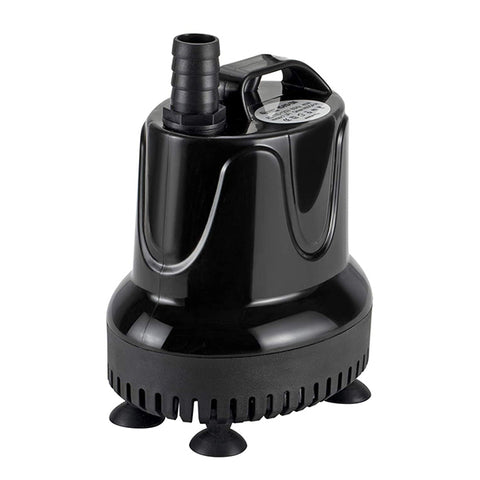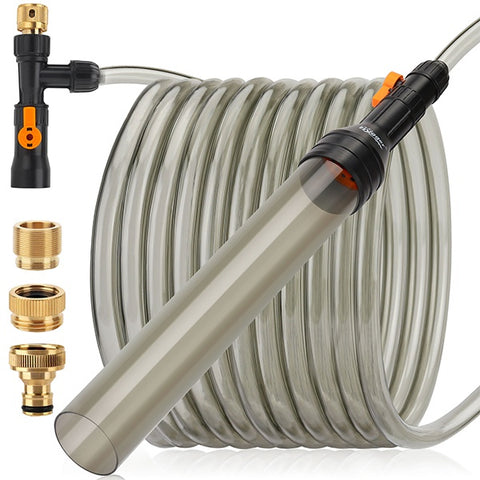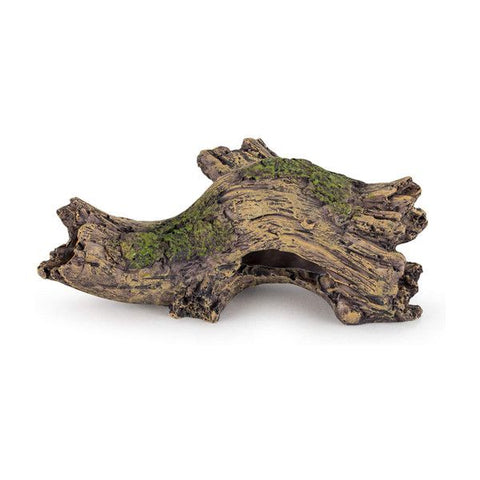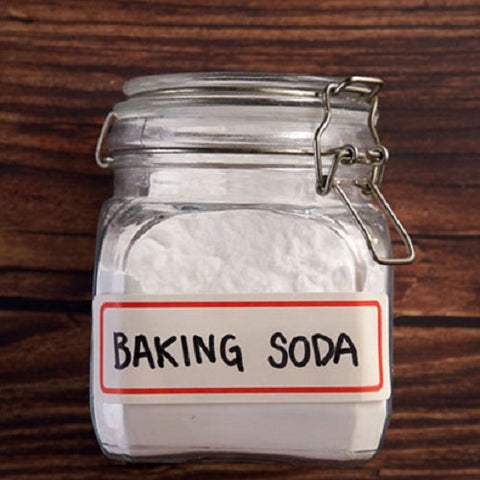The easiest trick to raise the pH in an aquarium is adding one teaspoon of baking soda to a 5-gallon of water. Although, there are various other ways of getting the job done, which we will discuss in this blog in detail. But first, let us dive deep into the chemistry of pH and the importance of maintaining it.
What is pH?
The word is an abbreviation for Potential Hydrogen. Or, in simple words, pH is the level of acidity or basicity of a liquid.
As the name indicates, a pH tells about the number of hydrogen ions in water. Low pH indicates the acidity or the presence of free hydrogen ions, whereas a high pH value indicates alkalinity (or fewer hydrogen ions and more free hydroxyl ions).
More about the pH scale
The scale was invented by a Danish chemist Søren. It ranges from 1 to 14, with seven indicating neutrality or equal numbers of hydrogen and hydroxyl ions in any liquid.
Why is pH regulation in an aquarium crucial?
Like other factors (temperature, amount of water, level of dissolved oxygen) are crucial for the health of fish, the pH value of water plays a vital role.
Your water pets will thrive within the suitable pH range (usually between 6.5 and 9). Similar to other factors, slight changes to the value can have irreversible repercussions and even prove fatal.
In case of deviation from the suitable range of pH, your fish or other pets in the tank are in grave danger. For this reason, it is highly recommended to keep a pH testing kit handy and check the pH of your tank water at least once a week.

How does pH value impact a fish's life?
Low pH makes breathing difficult (due to excessive mucous secretion blocking the gills), fish will eat less, making reproduction difficult or almost improbable, and the eggs cannot survive in an acidic environment.
Moreover, acidic water irritates the fish's skin and even burns it in the worst-case scenario. An extreme pH value is also known for creating a favorable environment for disease-causing microbes.
Thus, a varied pH value also implies that you are putting your water pet at risk of catching a severe diseases.
Common signs of low pH in a fish tank
- Your fish is stressed and moving weirdly fast.
- It is swimming near the surface more than usual. It is a sign that the critter is gasping for air as acidic water has less oxygen level.
- There is always a surge in algal growth in water with a low pH value.
- The body color of your fish is fading.
Why does the pH value change?
There are various reasons for a varied pH value, such as the presence of certain decorative Items, fish and other organic wastes, vegetation, and plants.
How to raise the pH value?
1. Increasing oxygen levels
Aeration is perfect for increasing dissolved oxygen and good for decreasing acidity. More oxygen implies less carbon dioxide, the primary reactant producing carbonic acid in tank water.
One of the ways to add oxygen is by installing bubblers in your aquarium. Regular water changes also help with oxygen depletion (which directly influences the pH value).
Moreover, water pumps used for creating currents in an aquarium are an efficient way of aerating the water and ultimately raising the pH.

2. Regular maintenance goes a long way
Changing the water is essential for the survival of your water pets. Critters can't thrive in polluted, toxic, and dirty surroundings. Regular water changes (once in 2 weeks) not only help remove all the toxic contaminants (like nitrates and heavy metals) and wastes, but also helps raise the pH (Remember, the more the pollutant, the lower the pH).

3. Get rid of acidifying ornaments
Some ornamental substances are known to lower the pH value of tank water. For instance, mosses create spectacular aquatic scenery in an aquarium. Some of which are notorious for lowering pH value and famous for treating hard water.
Most hobbyists purposely place these mosses (Peat Moss) in their aquarium to lower the pH of a basic water tank or fish that require an acidic environment for breeding (Killifish).
Woods like driftwood or bogwood add aesthetics to the aquarium and provide a hiding place for the little water critters. These decors play major parts in acidifying the aquarium water and therefore must be replaced.

4. Use a calcium carbonate-based substrate and decors
Crushed coral, dolomite chips, limestone rock, and calcareous shells are the best options to opt for when choosing substrate and decorations for raising the pH value of aquarium water. It is a long-term and more stable way of preventing the water from going acidic.
5. Adding baking soda
Sodium bicarbonate (NaHCO3) is a natural base, and adding a teaspoon of it to the 5 gallons of tank water can be one easy way of raising the pH level.
Please consider that the addition should be done incrementally and vigilantly because a sudden surge in basicity has adverse health impacts.
Furthermore, the addition should be done without the fish in the tank, and before adding the water pets to the water, make sure you test its pH value.

6. Add alkaline buffers
Alkaline buffers are readily available in any pet store and work remarkably well in making the tank water resistant to any change in its pH. Remember, these buffers are used in aquariums with plants to maintain a pH between 7.2 to 8 or slightly more.
Concluding words
The tap water is usually not in the suitable pH range because of several chemicals (and minerals) present in it. Therefore, it has to be treated and its pH value adjusted accordingly before using it as a medium in your aquarium.
Furthermore, make changes without the fish inside and always keep the process gradual rather than drastic as you will stress your water pets and might kill them.
Additionally, every fish has its requirements and preferences; Koi fish loves alkaline water, whereas Oscar fish thrives in an acidic environment.
Therefore, thorough research about the fish's pH preferences is highly recommended before purchasing one because the last thing you want to do is burn those beauties by putting them in water with intolerable pH value.


Comments (0)
Back to Beginner Guide & Advice